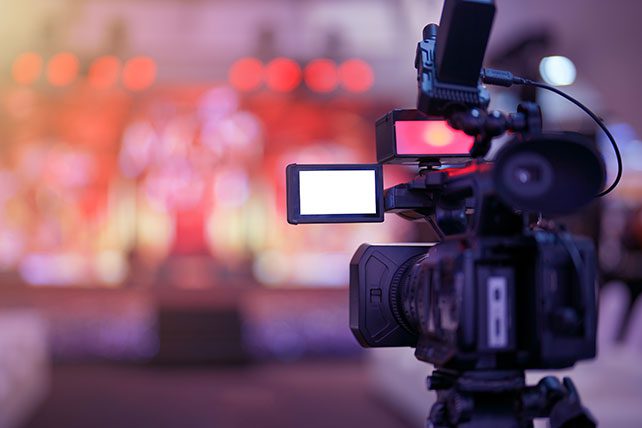What type of church media equipment list should you make for church live streaming? If you want to create a professional live stream, your smartphone won’t provide the quality or features that you need. For pro video and sound, you need pro equipment.
Church Media Equipment List
The cameras and microphones that you use for your live steam directly impact the quality of the stream. If you use inferior cameras or mics, the mixers and software that you use may not provide much help.
RELATED:PTZ Camerasfor Churches
There are several different types of cameras for professional live streaming and each has its own advantages. Your main choices for video cameras include:
- Smartphone cameras
- Consumer HD video cameras
- Professional-quality consumer cameras
- DSLR video cameras
- Professional video cameras
- Pan Tilt Zoom Cameras
The camera on your smartphone and the consumer HD video cameras offer the lowest-quality video, compared to the higher-end options. These cameras typically record in 720p or 1080p HD. While you can get clear video in properly lit settings, smartphone cameras and handheld HD cameras have small imaging chips, which limits the overall clarity and brilliance of the video.
Professional-quality consumer cameras may cost between $1,500 and $20,000 and offer larger imaging chips than the camera on your phone. They also include the features that you need for professional streams, including a wide assortment of video filters and the ability to change lenses. You can also find cameras in this category that include XLR inputs for connecting professional microphones.
The DSLR video cameras are high-quality digital photo cameras that allow you to record HD video. These cameras tend to feature better imaging compared to standard consumer HD video cameras. However, they do not include XLR inputs or any of the video settings available with high-end video cameras such as audio control, exposure settings, and filters.

